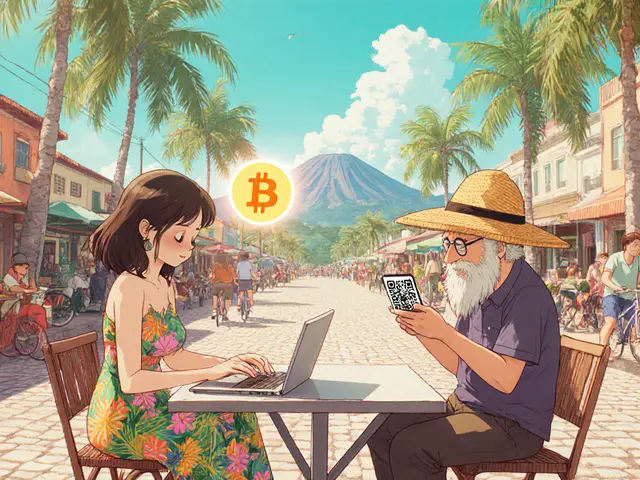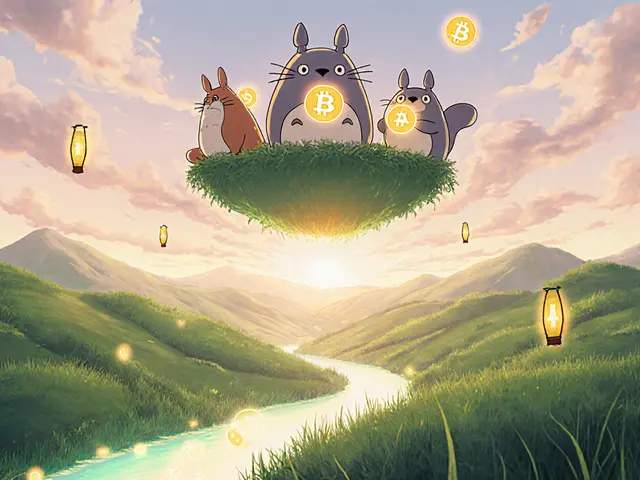Decentralized Infrastructure: What It Is and Why It Matters for Crypto and Blockchain
When we talk about decentralized infrastructure, the underlying systems that run blockchain networks without central control. Also known as peer-to-peer networks, it’s what lets Bitcoin keep running even if half the servers go down, or lets a DAO vote on funding without a CEO’s approval. This isn’t just tech jargon—it’s the foundation of every crypto project that claims to be "trustless" or "censorship-resistant." If the infrastructure isn’t solid, the whole thing collapses, no matter how fancy the token or flashy the marketing.
Think of it like roads and power grids—but for data. P2P networks, how nodes share information without a central server. Also known as gossip protocols, they’re what make blockchains spread transactions fast and keep them secure. Without this, your wallet update or trade order would get stuck. Projects like Minswap and Shido DEX rely on this to function, but many don’t build it right—leading to slow trades, broken nodes, or zero users. Then there’s smart contracts, self-executing code that runs on blockchain networks without human intervention. Also known as on-chain logic, they handle everything from token swaps to carbon credit transfers. If the code has a bug, money vanishes. If the network is overloaded, transactions stall. That’s why some airdrops like NUX or NZT failed—not because the idea was bad, but because the infrastructure couldn’t handle the load.
Decentralized infrastructure also includes the tools that let people govern without middlemen. DAO governance, how token holders vote on decisions like treasury spending or protocol upgrades. Also known as token-based voting, it’s supposed to give power to users, not investors. But if only a few wallets hold most of the tokens, it’s just plutocracy with a blockchain label. That’s why projects like Carboneum or KlimaDAO need more than just a token—they need real participation, fair distribution, and infrastructure that can handle voting at scale.
You’ll see this theme again and again in the posts below: a project might look exciting on paper, but if its decentralized infrastructure is weak, it won’t last. Some platforms like HollaEx or ZT Exchange try to cut corners with centralized backends. Others, like PancakeSwap v2 or Shido DEX, launch on underused chains and get ignored. And then there are the ones that nailed it—like the gossip protocol powering Bitcoin’s network, or the smart contracts behind blockchain IP marketplaces. These aren’t just tech specs. They’re survival tools. The difference between a token that becomes worthless and one that actually changes how we trade, pay, or vote. What you’re about to read isn’t a list of crypto news—it’s a map of what works, what doesn’t, and why.
Challenges Facing DePIN Networks: Why Decentralized Infrastructure Is Harder Than It Looks
DePIN networks promise decentralized infrastructure powered by everyday users, but face major hurdles in token economics, regulation, hardware costs, and scalability. Here’s why they’re harder to build than they seem.





